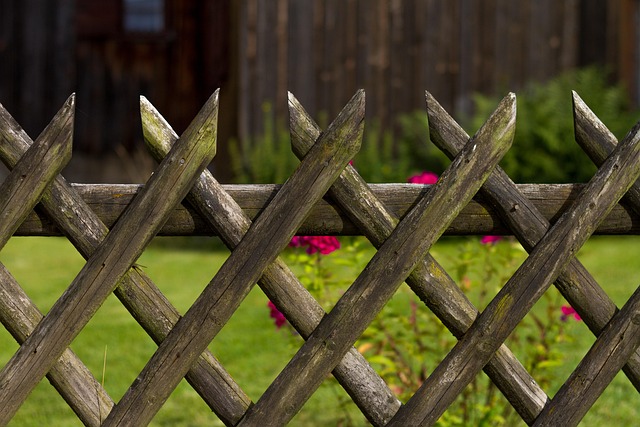For New Bedford, Massachusetts homeowners looking to install a fence, understanding local regulations and choosing the right materials are crucial first steps. This guide provides DIY enthusiasts with comprehensive tips for successful fence installation, from navigating zoning laws and selecting durable materials to precise measuring and effective post placement techniques. By following these step-by-step instructions, you can create a strong, aesthetically pleasing fence that enhances your property’s value and privacy.
- Understanding Local Regulations for Fence Installation in New Bedford
- Choosing the Right Fence Material for Your Yard
- Measuring and Planning Your Fence Layout Step-by-Step
- Effective Digging Techniques for Post Placement
- Ensuring Proper Post Spacing for a Durable Fence Structure
Understanding Local Regulations for Fence Installation in New Bedford
Before starting any DIY fence installation project in New Bedford, it’s crucial to familiarize yourself with the local regulations and permits required. Each town or city has its own set of guidelines regarding property improvements, including fence installations. Failure to comply with these rules can result in fines or even the need to tear out your fence.
New Bedford’s building department typically handles permit applications for fence construction. They may have specific requirements on fence height, materials used, and placement, especially around historical districts or areas with significant neighborhood associations. It’s advisable to visit the New Bedford city website or contact their building department directly to access relevant codes, permits, and any necessary forms well in advance of your project start date.
Choosing the Right Fence Material for Your Yard
When selecting a fence material for your New Bedford yard, consider factors like durability, aesthetics, and budget. Wood offers a classic look but requires regular maintenance. Vinyl fences are low-maintenance and come in various styles, while metal fences provide robust security and a modern aesthetic, though they might demand more upkeep compared to vinyl.
For a long-lasting, low-maintenance option, composite fencing is an excellent choice. It’s made from a mix of wood fibers and plastic, offering the best of both worlds: durability and ease of care. Ensure you choose a material that aligns with your yard’s unique characteristics and your personal style preferences for a fence that enhances your New Bedford home’s curb appeal.
Measuring and Planning Your Fence Layout Step-by-Step
Before breaking ground, meticulous planning is key when installing a DIY fence. Start by identifying the perimeter of your yard, considering any existing structures or trees that might affect your layout. Next, decide on the type and style of fence best suited for your property – privacy, picket, or chain link each offer unique benefits and aesthetics.
Once you’ve chosen your fence type, it’s time to measure. Walk along your desired fence line, marking points where posts will be placed. Use string to outline the perimeter for a clear visual guide. Measure each section between posts, factoring in the length of your fence panels or chain link. Take accurate notes and create a detailed plan to ensure your fence is both functional and aesthetically pleasing.
Effective Digging Techniques for Post Placement
When installing a fence, proper post placement is crucial. To achieve this, effective digging techniques are essential. Start by marking the spots where your fence posts will go using a level and measuring tape. Clear away any grass or topsoil at these locations, creating a hole that’s twice as wide but no deeper than the length of your fence post (typically around 3-4 feet deep for typical wood posts).
Use a mechanical auger or post-hole digger to bore the holes, ensuring they’re straight and deep enough. If the soil is particularly hard, consider using a hydraulic drill or even hand tools like a post-hole digging bit on a drill or an axe and shovel. Once the holes are dug, clean them out with a post-hole brush to remove any remaining dirt or debris before setting your posts in place.
Ensuring Proper Post Spacing for a Durable Fence Structure
When installing a fence, one crucial aspect often overlooked is post spacing. The distance between fence posts plays a significant role in determining the overall strength and stability of your fence structure. For a durable and long-lasting fence, it’s essential to space the posts correctly, typically 6 to 8 feet apart. This spacing allows for adequate support, ensuring that the fence can withstand various weather conditions and potential environmental stresses like strong winds or heavy snowfall.
Proper post spacing also facilitates easier installation and maintenance. It provides technicians with a clear guide during construction, making it less likely to encounter issues later on. Moreover, the correct spacing ensures an even distribution of weight, preventing individual posts from bearing excessive strain, which could lead to rot, warping, or other structural damage over time.
